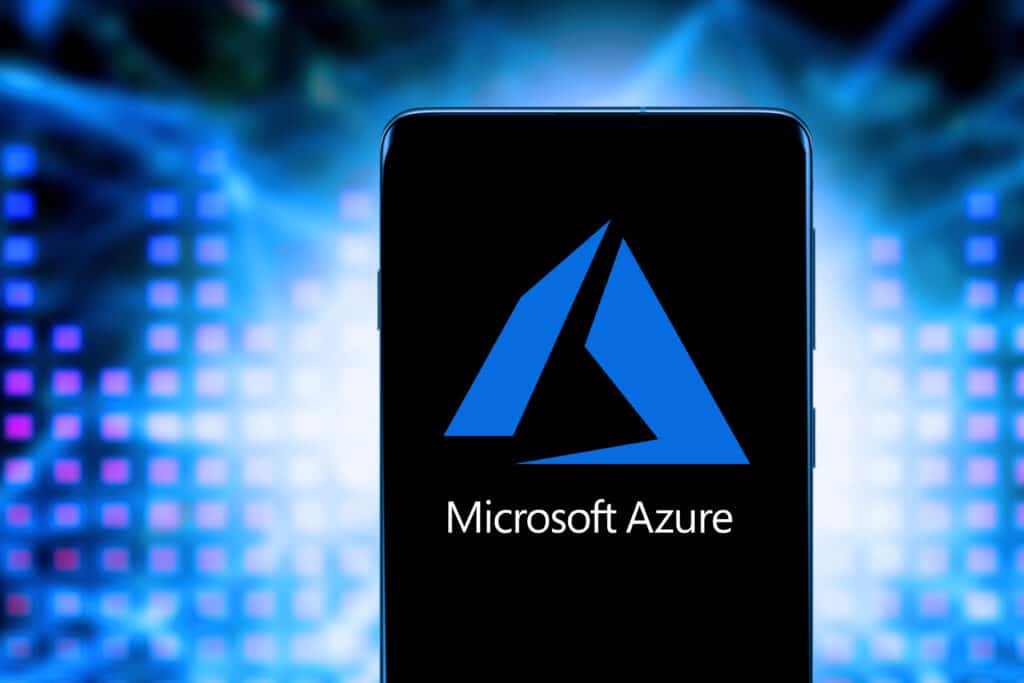VMWare Changes Partner Program: Here Are Some Next Steps
Discover the compelling reasons why businesses are making the strategic shift from VMware to Microsoft Azure, and how Velosio can help.
Discover the compelling reasons why businesses are making the strategic shift from VMware to Microsoft Azure, and how Velosio can help.
Table of Content
Broadcom completed its VMware acquisition in November but wasted no time rocking the boat. The company recently announced sweeping changes to its partner program, effectively excommunicating thousands of cloud service providers, distributors, resellers, and other solution providers (and their customers). A newly minted invitation-only partner program (details of which remain a mystery) is expected to be available only to top-tier resellers.
As a VMware user, you may be wondering what happens when your VMware partner can no longer support you. By altering how VMware tech is purchased, customers like you may be forced to change critical infrastructure or work with a new, unknown, potentially much bigger provider than you’re used to. There is another option, though.
Velosio will help you seamlessly move VMware-based workloads from your data center to Azure and integrate your VMware environment with Azure. You can continue managing your existing environments with the same VMware tools you already know while modernizing your infrastructure with Azure native services. It’s called Azure VMware Solution, and it is a Microsoft service, verified by VMware, that runs on Azure infrastructure and is supported by Microsoft partners like Velosio.
Moving your VMware workloads to Azure boosts your organization’s productivity with elasticity, scale, and fast provisioning cycles. You can easily view and create vSphere VMs in the Azure portal using API calls or CLI, automate deployments, and establish single sign-on. Plus, you open the door to the full range of Azure compute, monitor, backup, database, IoT, and AI services. The advantages of moving VMware to Azure include:

Azure VMware Solution (AVS) and VMware are distinct in several ways, mainly in their deployment models and integration with cloud services. Here’s a breakdown of the differences:
In essence, while VMware provides the virtualization technology, Azure VMware Solution offers a way to use this technology within the Azure cloud, combining the benefits of VMware’s virtualization with the advantages of cloud computing.
You don’t need to wait for the dust to settle from this shake-up. We’re ready to jump in and help you make the transition to Azure VMware Solution now. Velosio is an experienced Microsoft Partner with multiple certifications and over 450 technology professionals on staff. We provide comprehensive services for Azure to support migration, modernization, and digital transformation. Contact our Azure team with your questions and to learn more about the move.